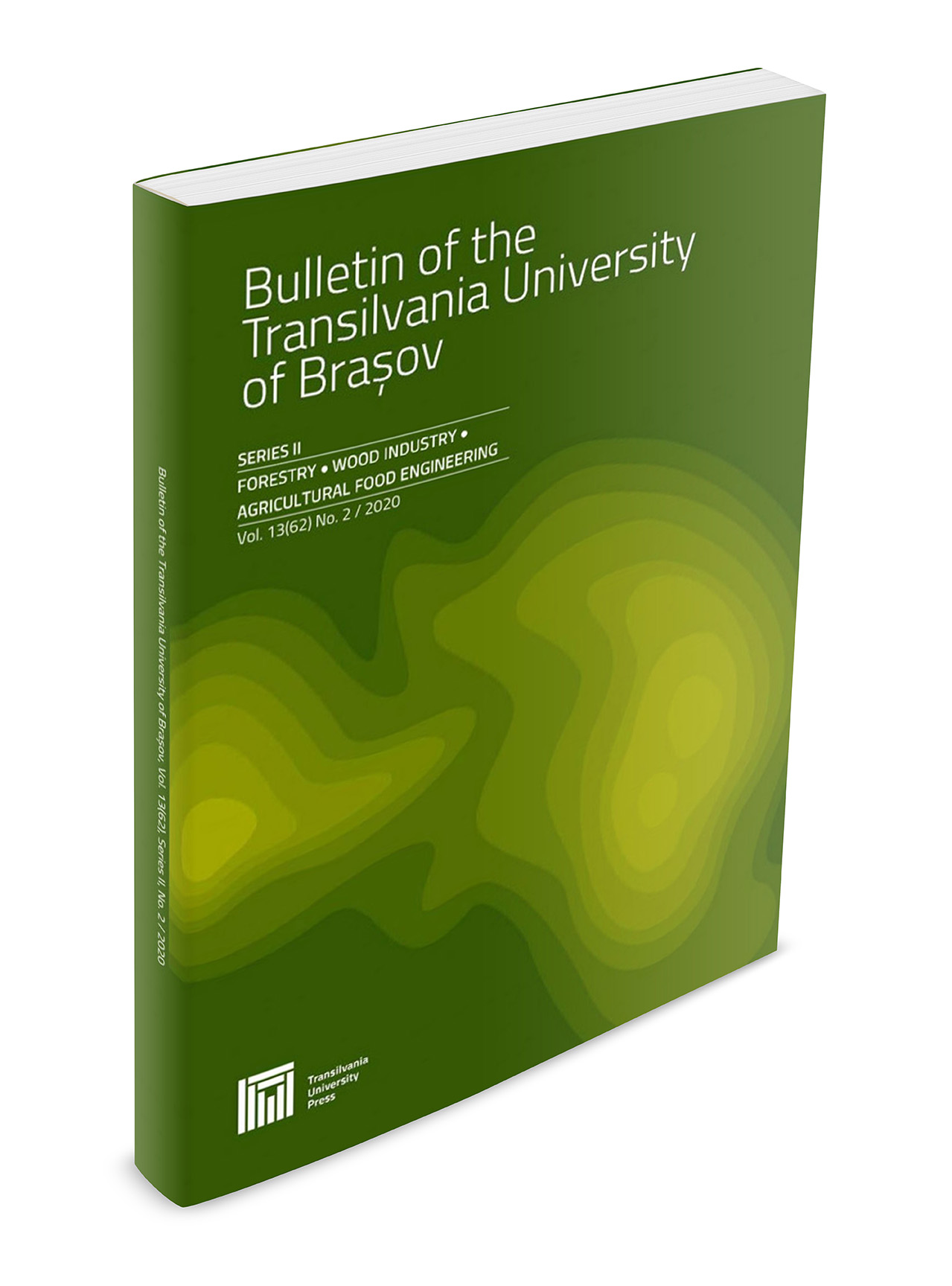Integrating Spectral Indices, Topographic Factors, and Field Data into Detecting Post-Fire Burn Severity
DOI:
https://doi.org/10.31926/but.fwiafe.2020.13.62.1.1Keywords:
forest fire, reduction ratio, severity, topographic variationAbstract
A forest fire has a wide range of long and short-term devastating and consequential impacts on the habitat and forest ecosystems. Topography is an important factor that influences fire patterns, their severity, and spatial distribution. The present study quantified forest severity (the consumption and reduction value of burnt forest vegetation) and assessed the relationship of forest severity with topographic factors and spectral indices computed using the Digital Elevation Model (DEM) and Landsat-8 imagery, respectively. The severity classes of forest fire identified were low, moderate, high, and very high. The results showed that the reduction ratio of shrubs ranged from 100% to 16% and the reduction ratio of herbs ranged from 100% to 43% in the high and very low severity class, respectively. Similarly, litter and duff were reduced to 96% in the high severity class to 27% in the very low severity class. Regarding the consumption of burnt fuel, the highest and lowest litter burnt was 390 g/m2 and 40 g/m2, respectively, whereas duff consumption ranged from 100 g/m2 to 34 g/m2 for the high and very low severity class, respectively. As far as correlation is concerned the elevation, heavy fuel, medium fuel, NDVI, NBR, and NBI were significantly correlated with fire severity class, while aspect relation was insignificant. Likewise, stepwise regression showed that NBR, NDVI, and medium fuel entered in selection while other variables (elevation, aspect, heavy fuel, and BAI) were excluded. Overall, R2 for the stepwise regression model was 0.77, which means that 77% of fire severity was explained while 23% remained unexplained. The present study suggests that a more detailed insight study should be conducted by using high-resolution DEM and satellite imagery in order to quantify the influence of topographic factors and forest density on fire severity.



